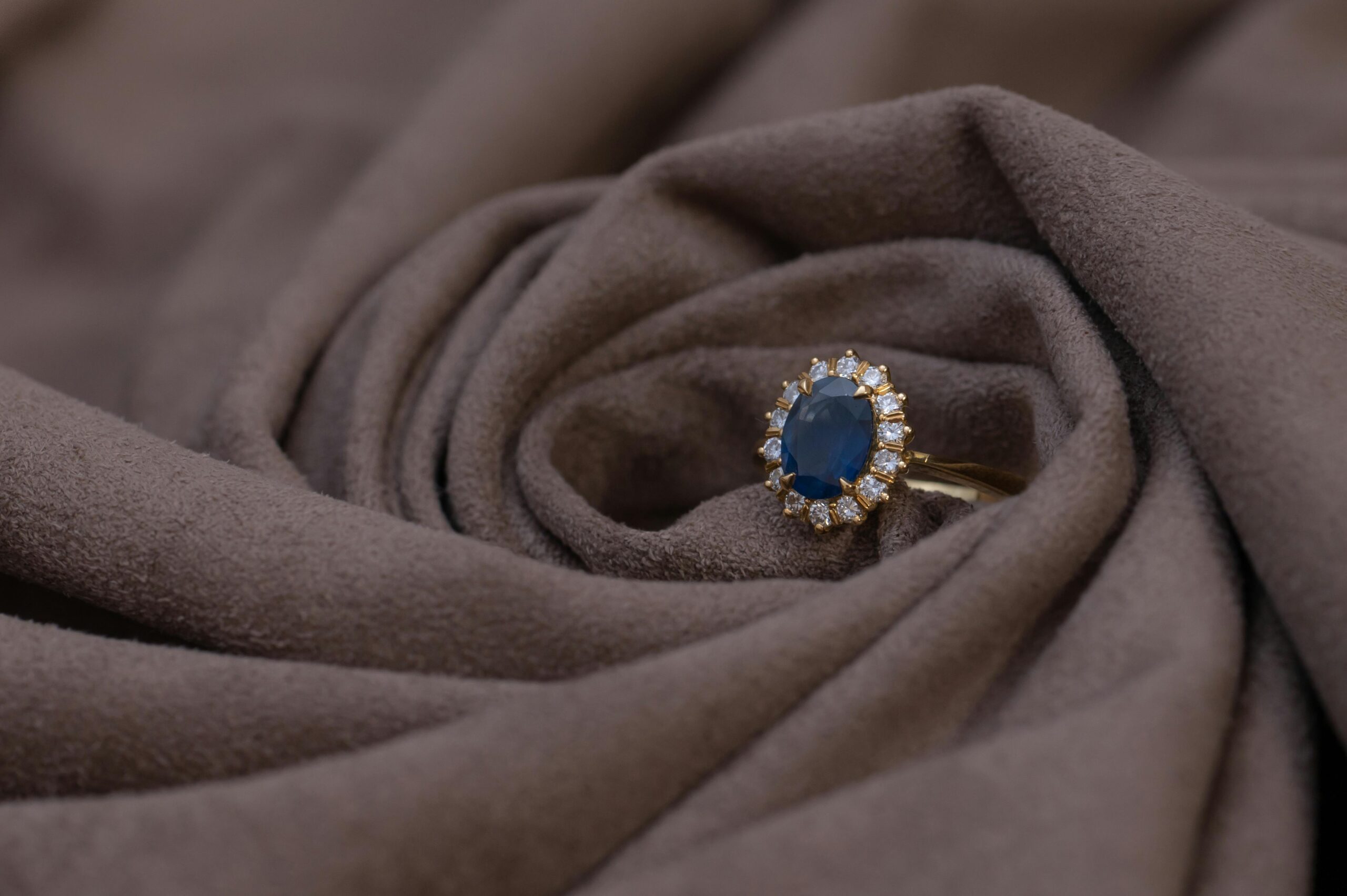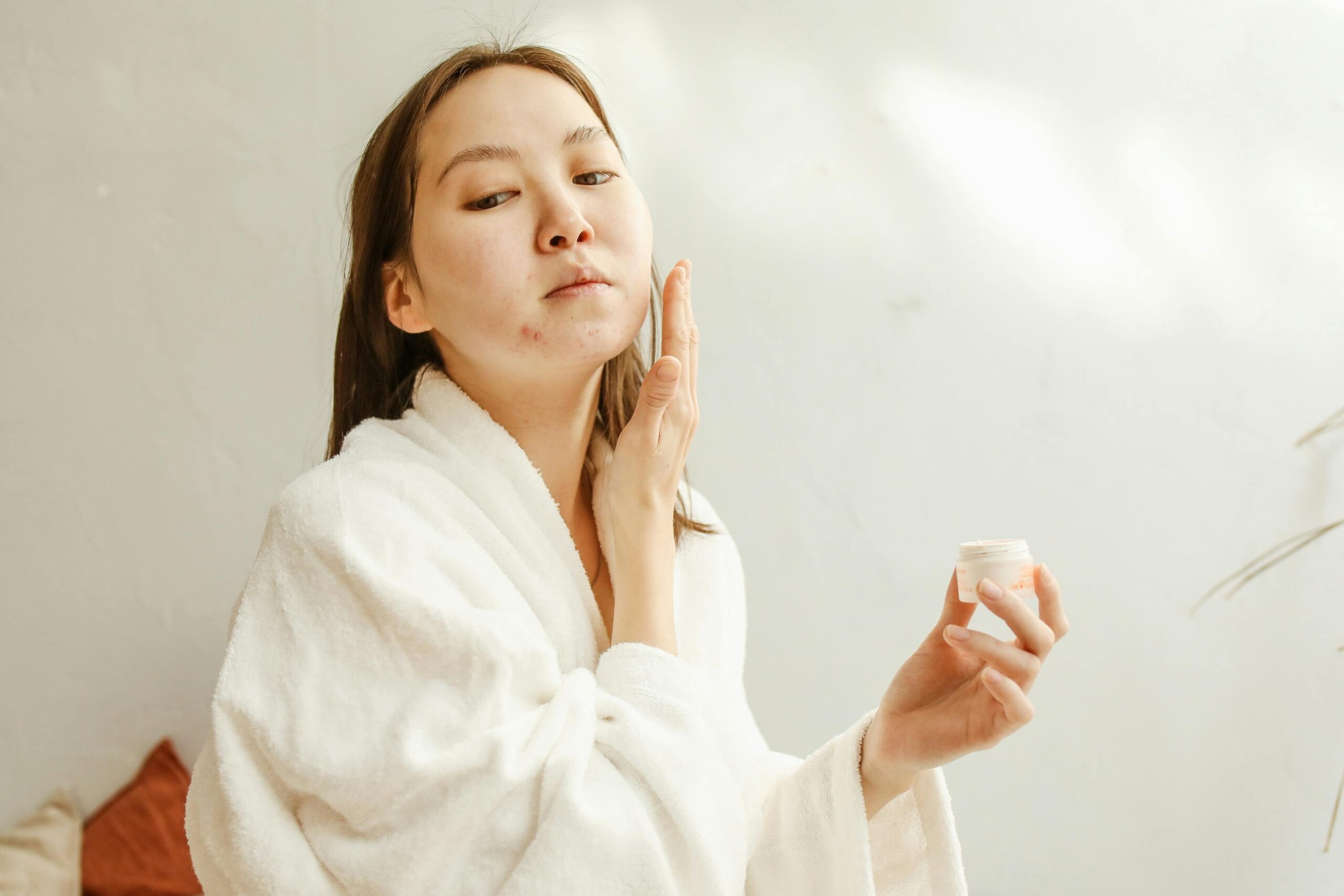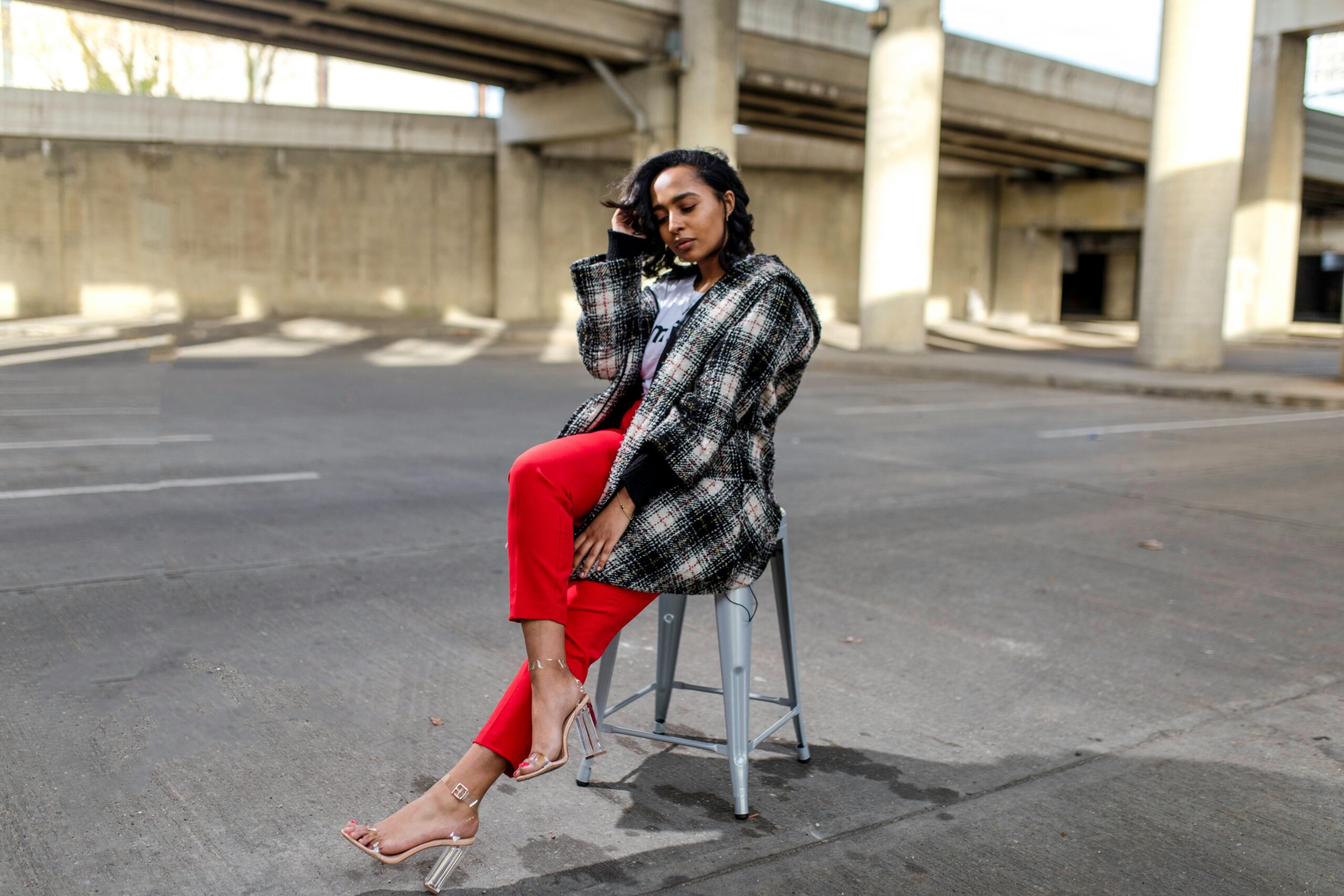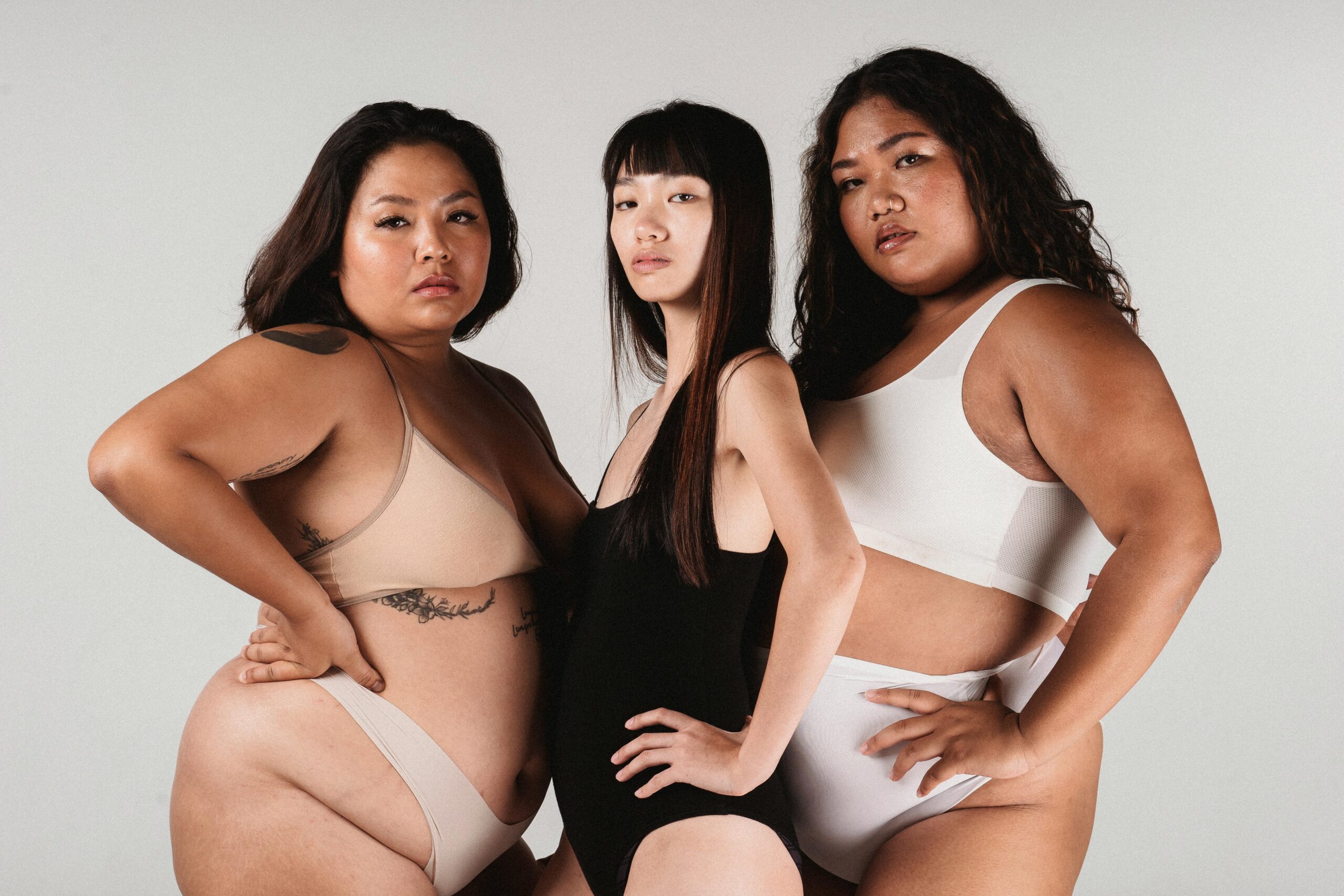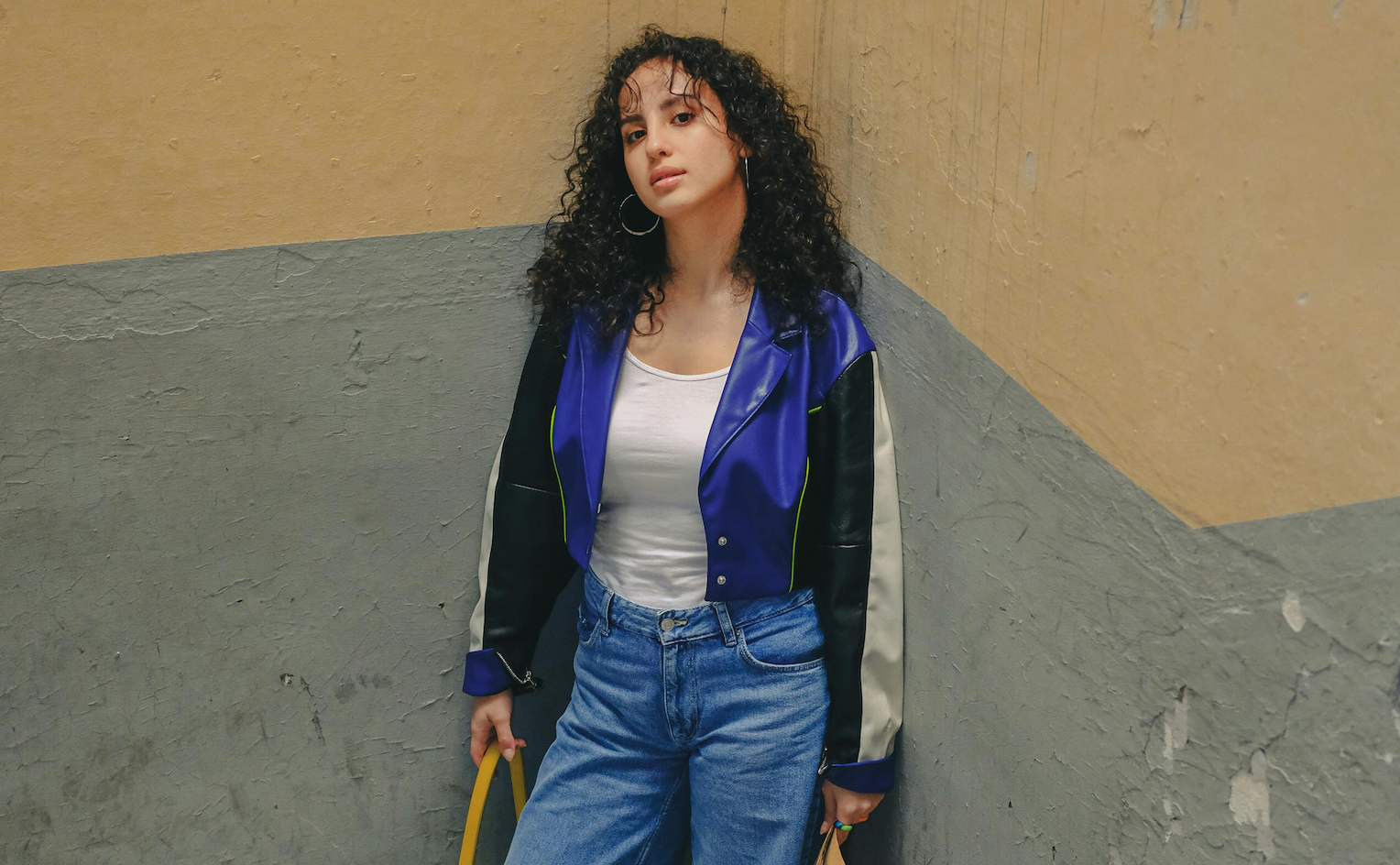They say a picture says a thousand words. We’re not sure who “they” are specifically, but what they said was definitely on the money. You may remember Kansas City blogger and journalist Esther Honig who created a telling photography project recently. She sent a photo of herself to digital retouchers in 25 different countries and asked for their interpretation of how they would alter her picture, according to their own market’s demands.
What resulted was an interesting display on how varied the notion of “beauty” is around the world, and reiterated that any industry which dares to dictate what beauty is, is fighting a losing battle.
Another journalist and blogger, who happens to be friends with Esther, was inspired by the ‘Before and After’ photography project that she decided to take it one step further. Priscilla Yuki Wilson is African American and Japanese, and thought there might be an interesting dialog to explore along the lines of photoshop and race.
On her website, she talks about why she felt the project was important, and how experiences in her own life contributed toward her decision.
“The question “what are you?” regularly influences how I experience the world. It serves as a reminder that I am living in a culture that’s still adjusting to my kind of face,” she writes.
“Growing up my Japanese mother would often tell me to wear sunblock and to stay out of the sun to avoid getting “too dark”. Being that my father is black, this paradox always troubled me because I was clearly a product of a radical racial union. In these subtle ways I was taught that my natural self did not comply with conventional standards set forth by society, saying fairer skin is better, straighter hair is more attractive, and that skinny tastes good.”
“For that reason I decided to carry out a reproduction of the project Before & After because I wanted to see how a face like mine would be transformed on the digital surgical table.”
She contacted 30 people from 25 different countries and sent them a photo of herself.
“In contrast to [Esther] Honig’s results, where her face became a canvas to express more than a dozen contrasting beauty standards, I found that my face actually challenged the application of photoshop in this instance. As a biracial women there is no standard of beauty or mold that can easily fit my face.”
A look at the resulting images below shows how drastically different race is viewed around the world, and how culture plays a crucial part in how we filter the notion of ethnicity. Some of the countries’ versions of her image shocked Priscilla, making her look like a completely different person with much lighter skin, and others played it safe.
The image she felt reflected her the most was Algeria. “We are all spiritual beings having a physical experience; I think Algeria got the closest to embodying that belief I have,” she said.
Check out the images below (compared to the original image above) and let it be a reminder that ethnicity isn’t necessarily something that is accepted at face value in some societies. The fact that they need a digitally altered filter to make Priscilla’s face “normal” is a sign that perhaps the fashion, beauty and advertising industries have gone too far in trying to create a “fantasy” notion of what they think we need to look like.
VIETNAM
USA
SLOVENIA
PAKISTAN
NETHERLANDS
MONTENEGRO
MEXICO
MACEDONIA
INDIA
ALGERIA























